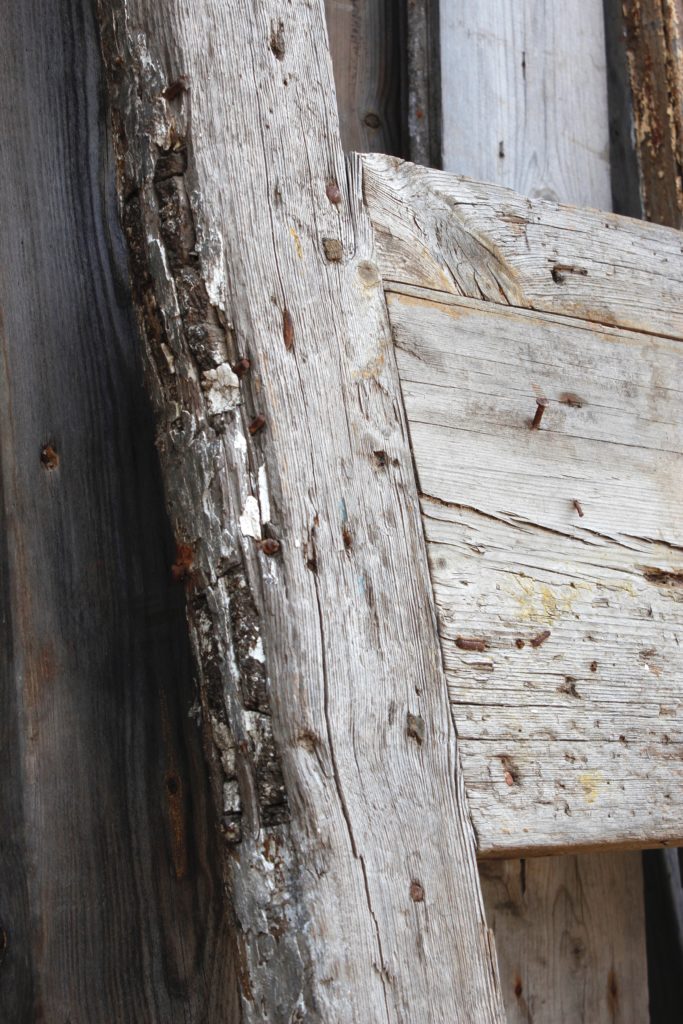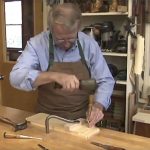We may receive a commission when you use our affiliate links. However, this does not impact our recommendations.

If publishing a book is like putting a satellite in orbit via a multistage rocket, then last week I completed the first and most demanding leg of the lift-off. With the first stage of separation behind me, I am happy to report that the new book is on a steady acceleration course to join the Popular Woodworking library of books.

For the last two years, I have been working on a book dedicated to Reclaimed Wood and its incredible potential. The book, titled: Working Reclaimed Wood: A Guide for Woodworkers, Makers, and Designers is almost done. In fact, early last week I (finally) submitted the manuscript to Popular Woodworking Books editor, Scott Francis. I know that much more work is ahead, such as narrowing down the insane number of images and drawings that I submitted, and of course tidying up the text to make it more cohesive and coherent (after all, English is my second language). So if all goes well we expect the book to be out Fall 2018.

Writing a book on such a broad subject took me much more time than I initially anticipated; and it demanded a considerable amount of resources, both physically and emotionally. I didn’t anticipate that I would spend so much time in meetings, both personally and on the phone, talking to people and gathering info; traveling so far; taking so many photos; and generating dozens of original drawings. I had no idea how laborious the writing was going to be, nor did I envision the level of stress that accompanied the craft of sorting and negotiating what should or shouldn’t be included in the book. That, plus having a day job, obligations toward commissioned work; and to cap everything… the fun, yet, hard work of raising a toddler. This did not make the book writing a cakewalk. But please do not commiserate with me, as the odyssey was well worth it. I learned so many new things, conversed with so many talented and passionate individuals, and discovered types (and subtypes) of reclaimed woods beyond imagination.

At first, I thought that the book would only deal with my own experience as a maker who chooses to work with reclaimed wood and found objects. I assumed it was going to be a personal journal where I reveal my Reclaimed wood collecting process, the technique I use to rehabilitate it, and the approach I take toward design. But as I dug deeper into the world of Reclaimed wood, I realized that a book on the subject has to strive and show a more comprehensive spectrum of material resources, pools of inspiration and, very importantly, remarkable achievements – generated by fellow artists and woodworkers who excel in this field. As it stands now, the book will include chapters on what constitutes Reclaimed wood, how to source it yourself, where to buy it commercially, how to treat it, and how to design with it. In addition, I present information on quite an incredible number of reclaimed wood categories and provide exposure to both domestic and international makers.
I intend to talk about this book and facilitate some “tasting samples” of its content as we hone and polish it in the coming months. So stay tuned as I hope it is going to be one fantastic journey, obviously for me but I am sure for you too.



Here are some supplies and tools we find essential in our everyday work around the shop. We may receive a commission from sales referred by our links; however, we have carefully selected these products for their usefulness and quality.










Sounds like a cool book! Thanks for writing about the subject. I already plan to pick up a copy when it comes out.